
Food storage may not be a particularly exciting topic, but it’s crucial to keeping yourself and your family healthy. In this article, we’ll discuss food storage safety, plus how to keep your food fresh for as long as possible.
Store dairy products at the back of the fridge.

To keep dairy products fresh, store them in the back of your fridge. This will protect them from temperature fluctuations that could cause their fats to break down and turn rancid.
Dairy products should also be stored away from other foods and containers (including water bottles) that may leak or drip, because they’re particularly prone to spoiling when exposed to air. Additionally, keeping dairy products out of direct sunlight will help prevent them from spoiling more quickly than usual.
Put meat on the bottom shelf.

- Keep meat on the bottom shelf.
- Do not store raw meat in the vegetable drawers or fruit drawers.
- Do not store cooked meat in those same places, either!
The bottom shelf of your refrigerator is where you should be storing all of your meats—even if they’re frozen. That way, when it comes time to defrost them (which you should do in the fridge overnight), they won’t get mixed up with any other foods and cause cross-contamination issues…or worse yet!
Treat herbs like flowers.

- Treat herbs like flowers. You can keep your herbs fresh for up to two weeks by keeping them in a vase filled with water and an inch of floating floral preservative, such as floral foam or pebbles. Be sure to change the water every few days to prevent mold from forming on the stems of delicate herbs like cilantro, basil, and parsley.
- Cut off any brown ends before storing your herbs—this way they’ll keep longer!
- Keep your herbs away from direct sunlight, heat sources (like stoves), moisture (like steamers), ethylene gas (which causes fruits and vegetables to ripen), pesticides/fertilizer (which will kill them), oxygen (which requires plants to breathe).
Know where to store fruits and vegetables.
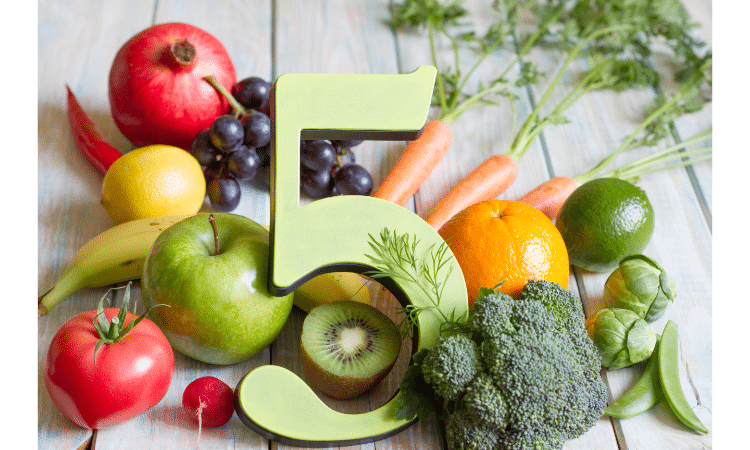
- Produce should be stored in the fridge. Most fruits and vegetables are best kept in a cool, dark place to prevent spoilage. This includes apples, avocados, tomatoes and potatoes. Vegetables like celery and mushrooms can be left out on the countertop because they don’t require refrigeration to keep fresh.
- Fruit should be kept in the fridge if you’re not going to use it right away. Fruits like bananas, pineapple and kiwi are best stored at room temperature when you first bring them home from the grocery store or market; however, once they’ve ripened—and depending on how much produce you have—it’s often better for them all together in one airtight container inside your refrigerator for longer-term storage (upwards of a week).
- Store leafy greens like lettuce separately from other produce items so that their moisture doesn’t make other items soggy or slimy over time (they tend not to last as long as other foods do). Place them into an open container lined with paper towels; this will absorb any excess moisture that may accumulate over time so there’s no risk of mold growing within any part of your crisper drawer system—or worse yet! What about those times when there isn’t enough space? Consider storing lettuce leaves individually between pieces of waxed paper before placing them back into plastic bags–this way they won’t wilt quite as quickly either!
Wrap your greens in paper towels.
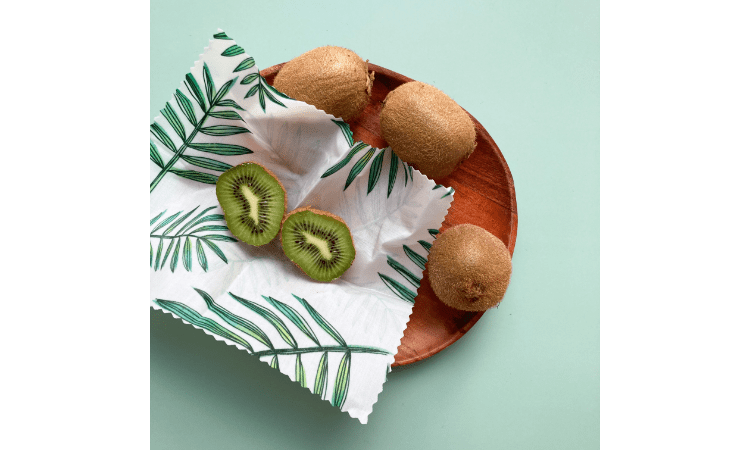
To keep your greens fresh, wrap them in paper towels before placing them in the fridge. Paper towels are the best way to do this because they absorb excess moisture, which can make greens wilt quickly (as well as other produce like garlic and tomatoes). They’ll also help prevent bruising or crushing of delicate greens, such as spinach and kale. Plus, paper towels won’t allow dirt or germs onto your food!
Use plastic wrap on bananas.

Plastic wrap is a great way to keep your bananas from ripening too quickly, absorbing other food odors, getting bruised and getting too cold or warm. It’s also a good idea to remove the plastic wrap once you are ready to use them and eat them within 24 hours.
Wrap celery in foil.
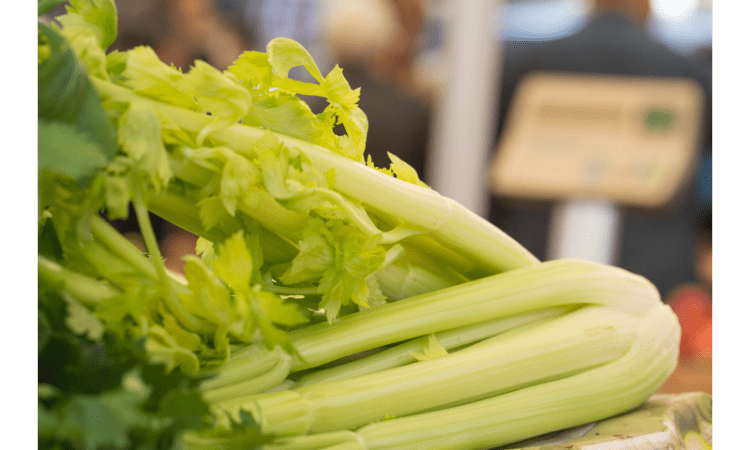
Wrap celery in foil.
Celery is great for adding crunch to salads, soups, and stir-fry dishes. It’s also a good source of vitamins and minerals. To prolong its shelf life, you can wrap the stalks in foil and store them in your fridge’s crisper drawer—but that’s only if you’re planning on eating it within a week or two! If you want to preserve it longer than that, the best way to go is by freezing it whole so that your celery won’t lose any of its freshness when thawed out later.
Wash produce as you go.

Washing produce is a great way to ensure that you’re getting the most out of your food. If you don’t wash it before eating, you may be consuming pesticides or bacteria along with your meal. That’s why washing produce is so important!
WHY WASH PRODUCE?
- It reduces pesticide intake by up to 90%.
- It reduces bacteria by up to 80%.
- It makes your fruits and vegetables last longer in the fridge (or freezer).
- You can eat more fresh produce for less money by washing as you go.”
Soak berries in vinegar

Here’s a simple, effective way to make all berries safer: soak them in vinegar. Berries are fragile and difficult to clean, so be sure to wash the berries before eating them or use this method if you’re planning on eating them raw.
- Place the berries in a bowl and cover with white vinegar (or apple cider vinegar). Let sit for 10 minutes.
- Rinse and drain thoroughly under running water; this will ensure that you’ve removed all traces of vinegar to avoid any odd flavors in your recipe.
Roast veggies
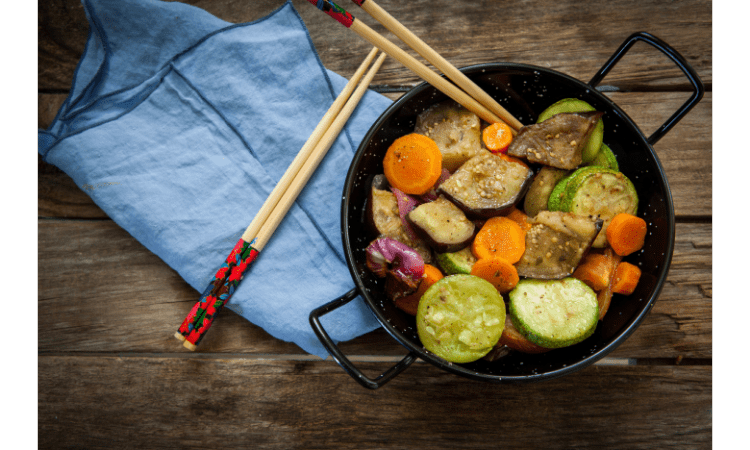
Roasting is a great way to cook veggies, especially in the winter. This method of cooking will help you use up your existing veggie scraps, like broccoli stems or the tops of Brussels sprouts. The following are some tips on how to roast your vegetables:
- –You can roast them in an oven (preferably at 400°F). If you don’t have an oven, use a microwave instead. Make sure that all ingredients are cut into bite-sized pieces and spread out evenly so that they cook evenly throughout the entire process (about 5 minutes per batch).
- –You can also roast them over low heat on a stovetop for about 15 minutes until soft and caramelized (this works best with onions or garlic).
- –If you want a quicker method that requires little effort but gives similar results, try roasting them in skillets instead! Just toss everything together with oil and heat until browned—you’ll be surprised by how delicious this method makes even bland foods taste! This method is perfect for people who don’t have much time because it only takes about 10 minutes total before serving time rolls around again—that’s half as long as traditional methods take!
Store grains in air-tight containers
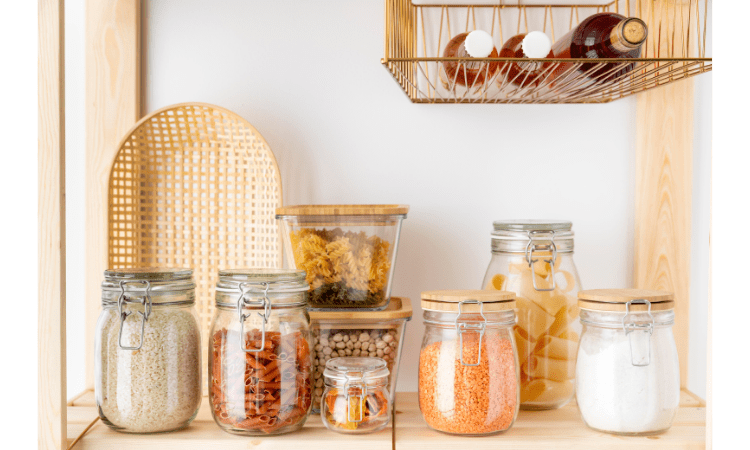
Store grains in air-locked containers. The best options are glass or stainless steel, but if you don’t have either of those options, use plastic containers that are BPA-free.
The container should be large enough to hold the amount of food you want to store—when buying new storage containers, measure the amount of grain you want to keep and get a container that size. If you’re using an old container from your pantry at home or if it’s just not big enough for how much grain you’d like to store, consider buying two smaller containers and keeping them together.
Keep your grains stored in a cool and dry place away from heat sources like furnaces or stoves; never put them in direct sunlight (this will cause them to spoil). If possible, use a Food Saver as well so they stay nice and fresh when sealed properly.
Store lemons in the fridge, not on countertops
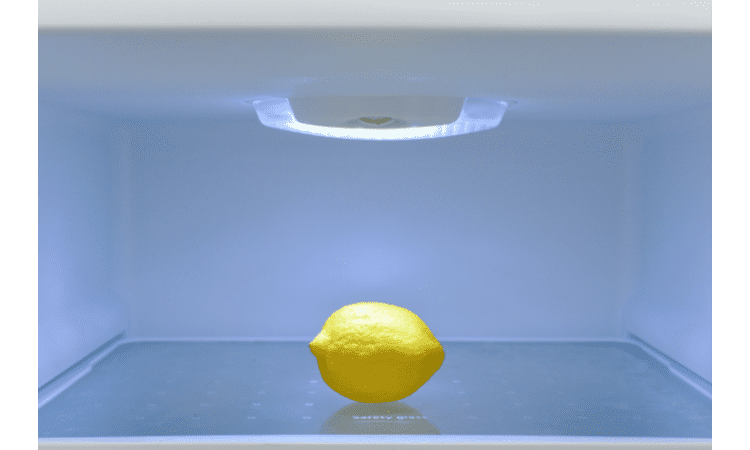
Lemons should be stored in the fridge, not on countertops. Lemons should be stored in a plastic bag. Lemons should be stored in the crisper drawer. Lemons should be stored in a container that is not too big.
So why does this matter? Because lemons can make your other foods taste like lemonade! Or worse: they can turn into moldy biohazards if you leave them out for too long and forget about them (sorry). But if you follow the steps above, your lemons will never get forgotten again—and neither will any of your other food items!
Conclusion
In the end, storing your food properly can be a simple process that takes minimal time and effort. By taking the right steps to keep your food fresh, you’ll help it last longer, which can save you money. You’ll also reduce the chances of harmful bacteria growing in your food and causing illness. And if there’s any part of this process that seems too hard or confusing to you, don’t hesitate to reach out to our team at StoreRight Storage with any questions. We want to make sure our customers get the most out of their food storage experience!











